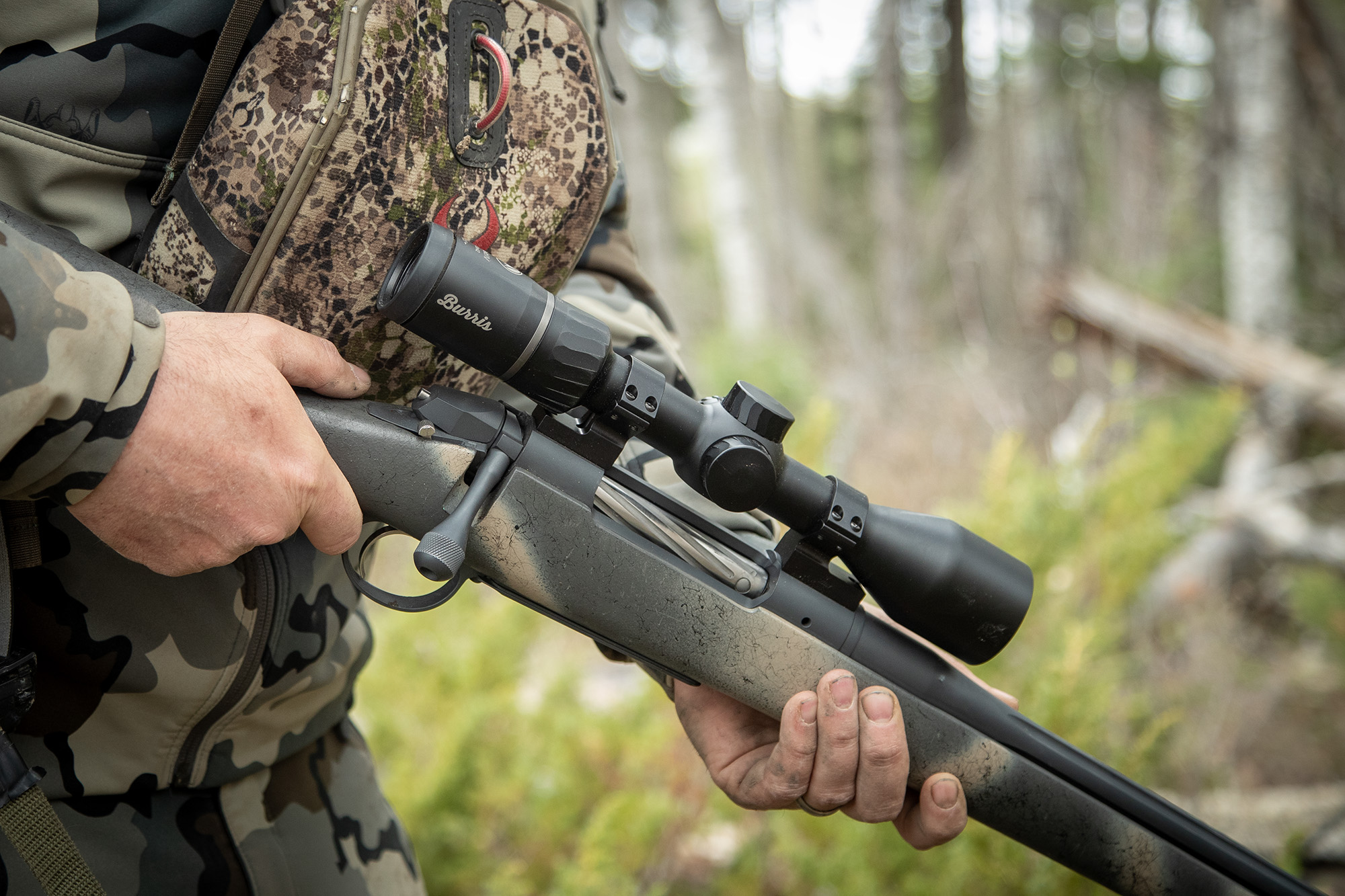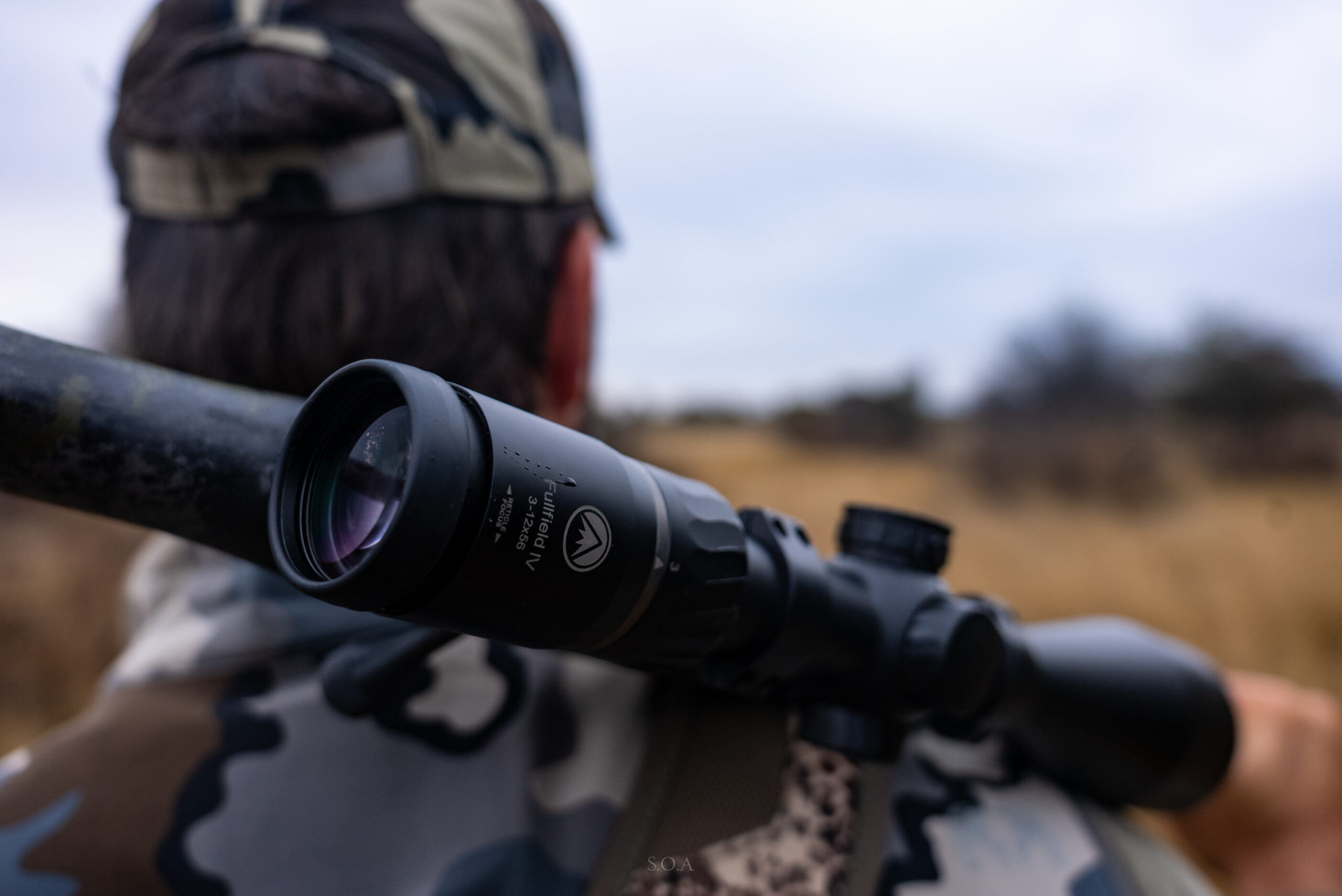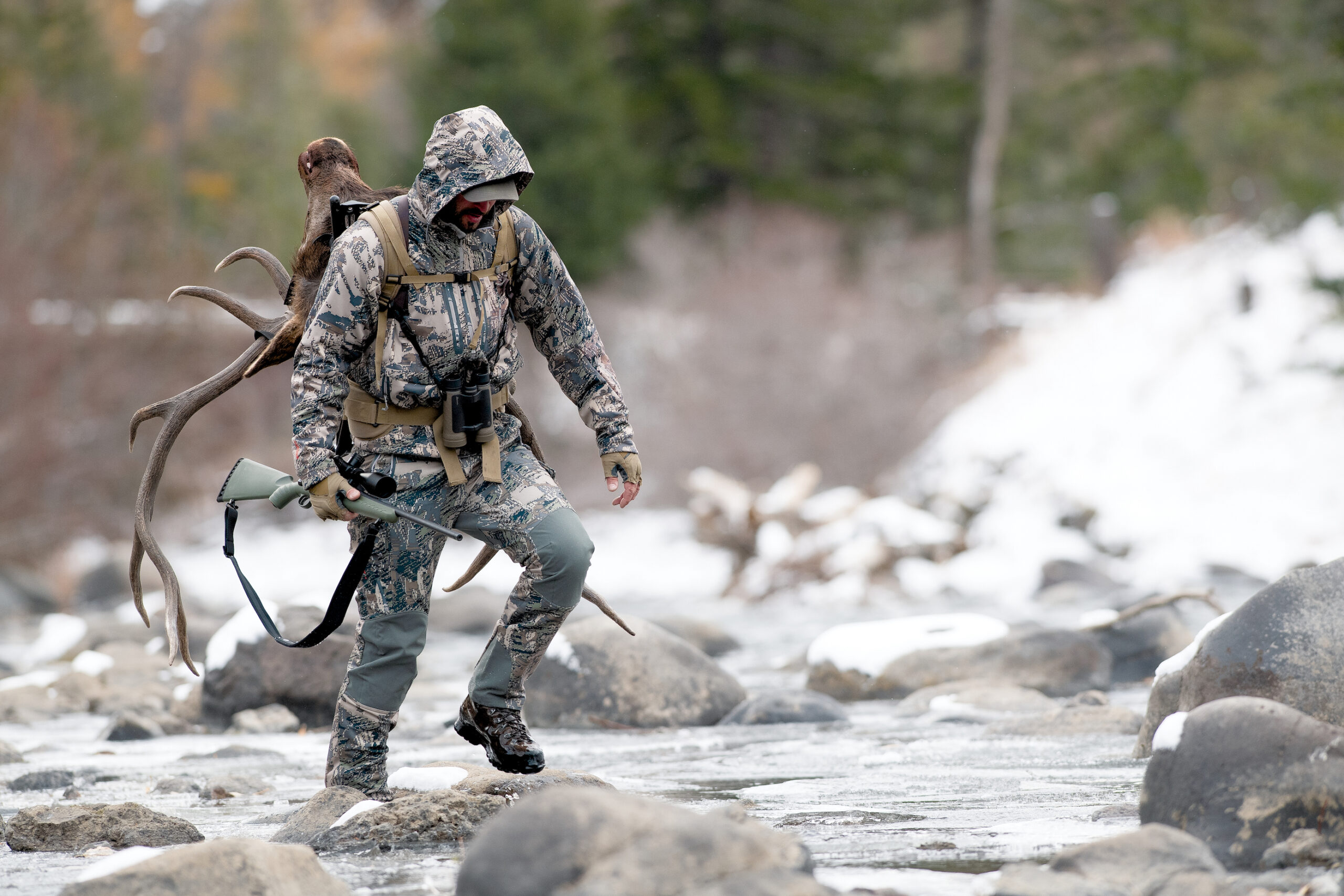It’s the final day of your once-in-a-lifetime elk hunt, and a 10-inch-by-10-inch window through the oak brush now frames a dandy 6×6 bull’s vitals. He’s exactly 357 yards away. There’s a 15-mile-per-hour crosswind and the hunt of a lifetime. You spent countless hours studying your map-based hunting app to learn the unit. You drove 18 hours from home to get here. You’ve hiked dozens of miles, glassing the slopes for tan spots and listening for a random stick to snap. Your time and effort have distilled down to this one moment in time. Will you make the shot?
Whether you’re currently shopping for a deer rifle that one day might join you in the aspens for an elk hunt, or you’re in the process of planning an elk hunt and would like to upgrade your existing deer rifle with a better scope, you’re probably like the lion’s share of the hunting community in that you need a trustworthy, reliable optic.

In scope terms, what are the boxes that need checking for deer or big game hunting? Let us make our case.
First, you need clarity and brightness. Whether you’re hunting deer or elk, shot opportunities often occur during the first or last half an hour of daylight. The ability to decipher fine details such as brush obstructing the vitals or the animal’s leg line are critical in the moments leading up to the shot. As hunters, our job is to attempt only ethical shots, and when we commit to shooting, we must make the very best hit possible. Clarity and brightness aid us in both of those tasks.
Next, a scope must withstand the knocks and blows common with hunting. It must handle recoil, bumps on the washboard roads leading up to your elk camp and occasional impacts common with negotiating the muddy slopes in the timber. And don’t forget that shaky side-by-side ride from camp to the trailhead. In other words, don’t skimp on durability and dependability.
You never quite know what type of weather that the deer woods or elk mountains will serve up. Often, it’s those drizzly days with temperatures in the mid-30°F range that are most productive, and you can’t risk having your scope lenses fogged over at the moment of truth. A scope that is fogproof and waterproof is critical.
The average shot distance on whitetails in the East, Midwest and South is very likely within 100 yards. It goes without saying that most whitetail hunters are forced out of their comfort zones when embarking on a western hunt. Sure, you might shoot a bull at 50 yards, but you’ll more likely face an opportunity at 200-400 yards. Taking and making shots at yardages farther than you’re accustomed to requires practice, but ethically taking those shots requires knowing, not guessing, where your bullet will impact at given distances. That makes a bullet-drop-compensation reticle a necessary scope detail for pushing the distance envelope.
Adjusting a scope for focus and magnification with cold, shaky fingers isn’t easy, and seconds matter when a buck or bull is darting in and out of the brush. You might have only seconds to identify a shot opportunity and then shoot. So, smoothness is important.
Now that we’ve made our case, you’re probably wondering what optic to look toward. Let us suggest the legacy Burris brand and their trusted Fullfield series of scopes. In a market flooded with options, a scope platform that has stood the test of time is Burris’ Fullfield. While the Fullfield earmark has decades of success stories under its belt, Burris has continued to improve and more recently unveiled the IV, which is an updated series of this truly legendary riflescope line.
 Here’s a look at how Fullfield IV series scopes check the boxes that we outlined above.
Here’s a look at how Fullfield IV series scopes check the boxes that we outlined above.
Clarity and Brightness: Rigged with high-grade optical glass, Fullfield IV scopes enhance clarity and brightness uncommon in scopes within this price range. While the base models have a 42mm objective, you can choose from two 50mm models and even a 56mm model to further boost brightness for those low-light encounters.
Durability and Dependability: Fullfield scopes have been trusted for decades because they’ve proven that they can withstand the jars, knocks and blows of hardcore hunting in some of the wildest places. And with steel-on-steel adjustments, you get the assurance of repeated accuracy. Further, Burris pads its Fullfield IV scopes with the Burris Forever Warranty.
Fogproof and Waterproof: Fullfield IV scopes are nitrogen-filled to prevent fogging in inclement weather. They’re also waterproof. Bring on the misty, cold mountain weather.
Bullet-Drop Compensation: Burris’ Fullfield IV scopes are available in seven different reticles (some are limited to specific sub-models). It you like simple, the Plex or Fine Plex options are basic crosshair-style reticles. But, if you want more advanced aiming options for bullet drop and wind drift, the five other options will help you ace longer, more difficult shots.
Smoothness: The focus ring and magnification wheel operate smoothly so that you can quickly dial in for a shot during a fast-paced encounter.
Their new BurrisConnect mobile app makes understanding subtensions a breeze. Simply add your favorite cartridge in the app, select your scope model, and a detailed reticle map is instantly made on your phone.
User reviews give Fullfield IV scopes accolades upon accolades after putting them to the test in various applications.
Burris has a full history of quality and performance products, rich in features. Doesn’t a Fullfield IV sound like the type of scope you’d want on your rifle when your dream elk hunt boils down to the final few minutes with a big bull framed perfectly in the oak brush 357 yards away?
